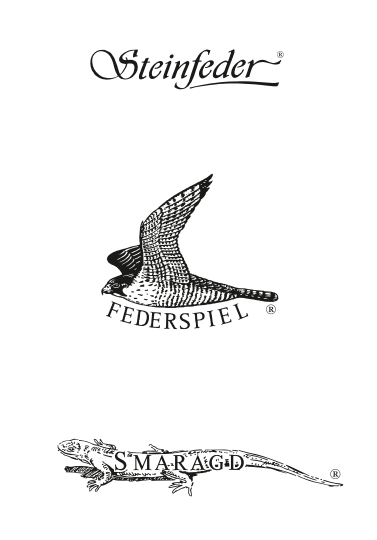If you’re gonna talk about a wine, you better know how to pronounce it. So let’s just get this out of the way. It’s “groo-ner velt-lee-ER”. Not “velt-lee-NAY” or “Groonah Veltlinah” as my friend Jimmy from Boston says.
Gruner has yo-yo’d back and forth between trendy and forgettable over the years. But it’s always been the Sommelier’s little darling. Here are a few reasons why.
Contents
It shows off a unique purity
Serious winemakers try to frame their wines with a sense of place, a sort of terroir-induced soul. For Gruner that means capturing the perfect balance of it’s aromatics, acidity, and flavors. It’s typically a leaner, aromatic wine with a tongue-tingling acidity, delivering a range of flavors like stone fruit, white flowers, green apple, a distinct peppery spice, and minerality.

Terraced vines alongside the Danube river in Wachau. Photo credit
Gruner is actually very easy to grow, a resilient vine that yields big. It does well just about anywhere but Warmer climates with more fertile soils bring out the fatter, riper side, resulting in a lopsided wine. Home court advantage definitely shows in Austria. Some of the best examples come from the Wachau region. Here the vines grow on steep terraced vineyards in weathered granite rock, slate, and thin layers of silty loess.
It gets along with all sorts of food

Roast fish and asparagus with lemon caper drizzle. Recipe here.
Gruner’s high acidity and peppery notes make it one of the most versatile wines to pair with food. Try it with Asian dishes, especially Vietnamese meals like Larb salad, pad thai, or even mild curries. It’s also one of the few wines that does really well with leafy greens like kale, chard, or cabbage. Herb salads, asparagus and artichokes usually make for risky pairings, but the green vegetable notes in Gruner accent these foods perfectly. Fried chicken and pork schnitzel also make excellent choices.
It’s an age worthy white
Tons of Gruner comes out of Austria priced less than $20/bottle and designed for immediate enjoyment. Probably not ideal for storing in the cellar. Reserve Gruner usually costs around $40 or more and has 12.5% or higher alcohol. They can age for decades right alongside the best White Burgundy, developing a massive complexity while maintaining their freshness.
Most Gruner sees very little, if any oak treatment. In fact, Austrian law forbids any noticeable oak influence. Which isn’t to say winemakers don’t use it. Gruner destined for a reserve bottling often spends time in neutral oak which gives the wine a fuller body. Some spend time aging on lees which adds a layer of creamy complexity. These bottles bring a whole new dimension into focus and show the true potential of the varietal.
A word about Austrian classifications

The Wachau classification uses these three symbols to designate various quality levels.
Just like any respectable wine region, Austria has its own system of classifying wines. The Districtus Austriae Controllatus (DAC) is similar to France’s AOC system. Wines with a DAC designation represent the better examples of their respective appellation. Look for Traisental DAC, Kremstal DAC, or Kamptal DAC on the label of Gruner. These will generally offer more complexity and typical Gruner traits.
There’s also a Wachau Classification system, unique to the region, which breaks down into three levels:
Steinfeder – This is the lowest classification, essentially used for lower alcohol (under 11.5%) wines, good quaffing wines meant to be enjoyed young.
Federspiel – Must have alcohol of 11.5-12.5%. These wines have a bit more weight and stand up better to a wide variety of foods.
Smaragd – The highest quality is designated by the lizard symbol, and must contain 12.5% or higher alcohol. These are the most age-worthy and expensive Wachau wines.








